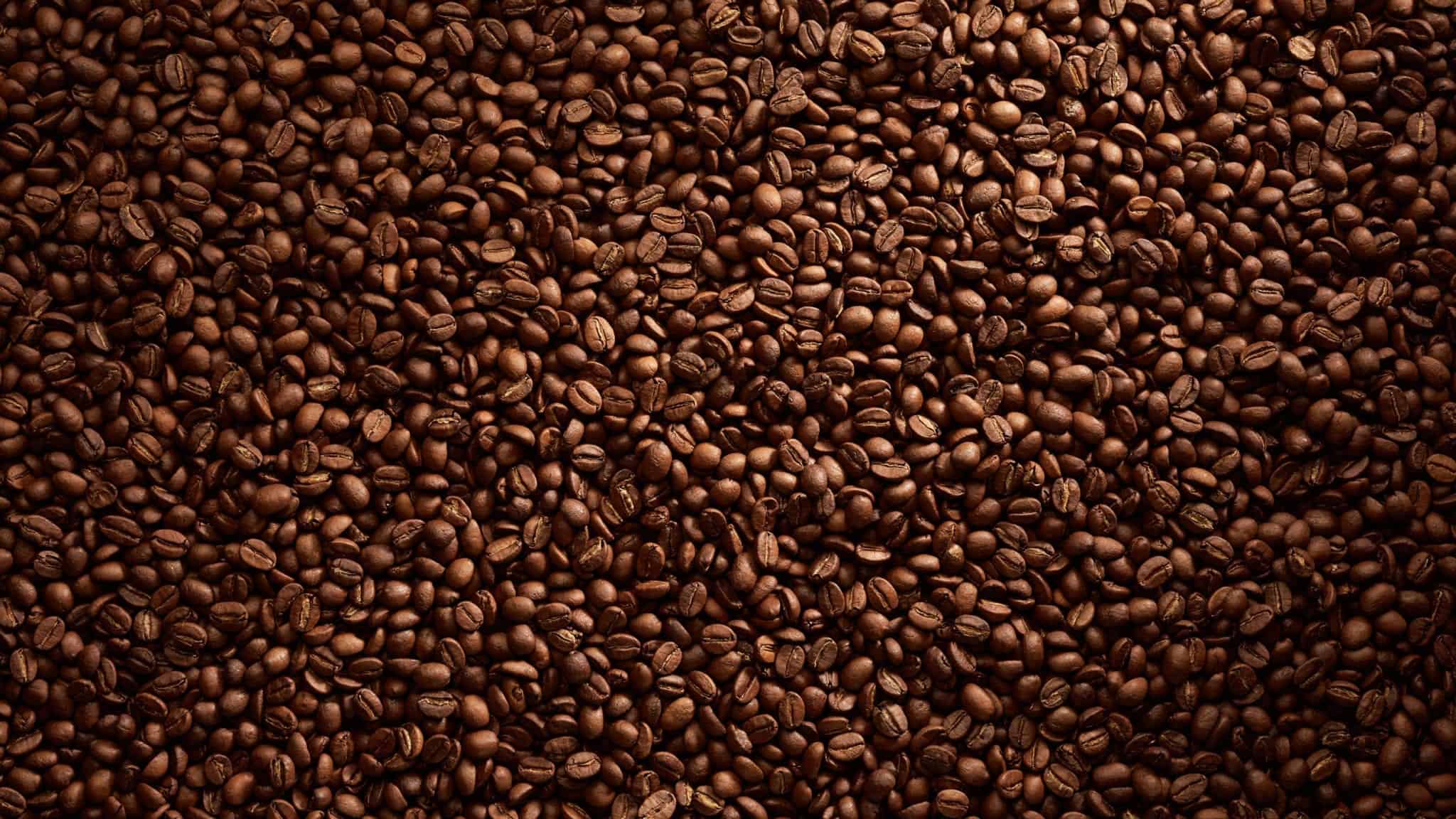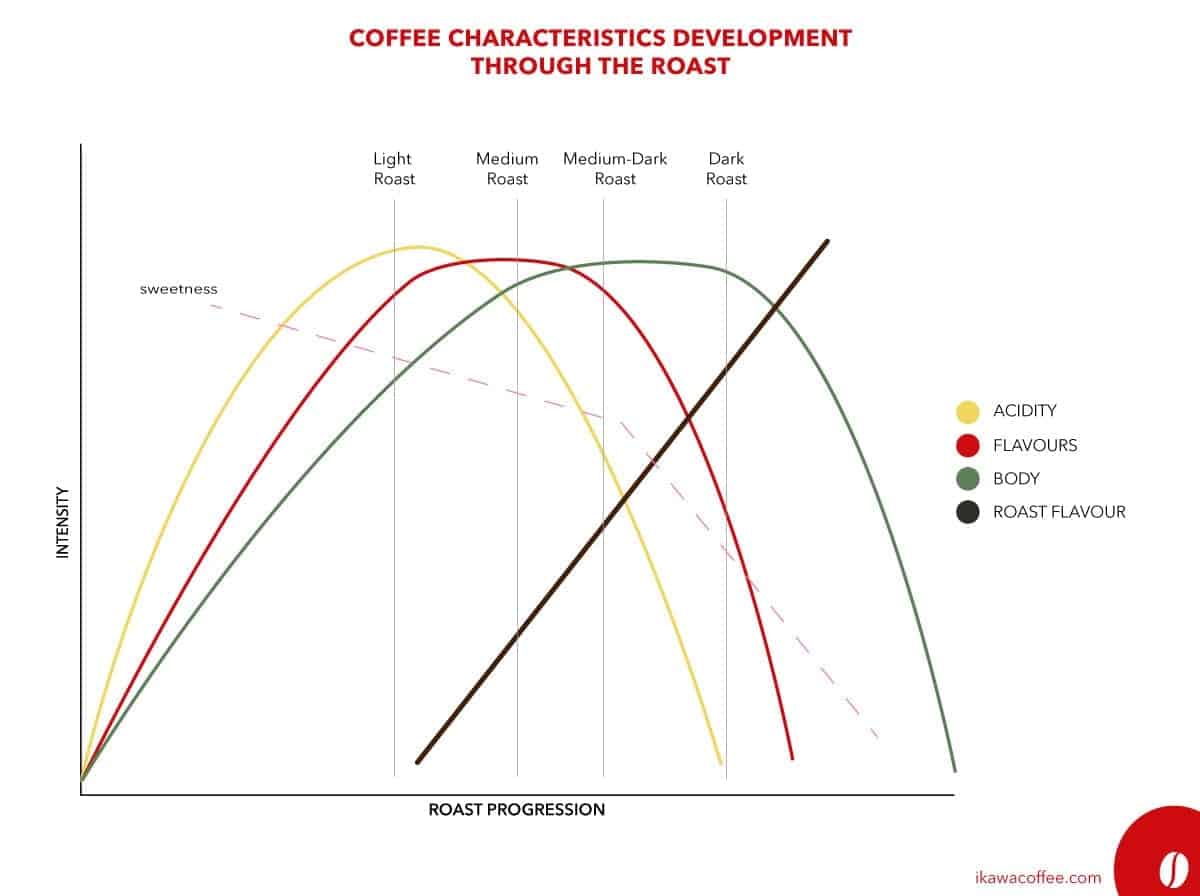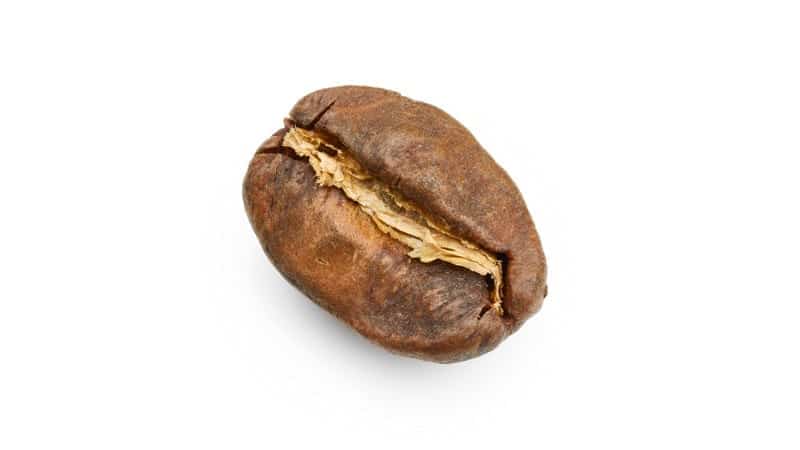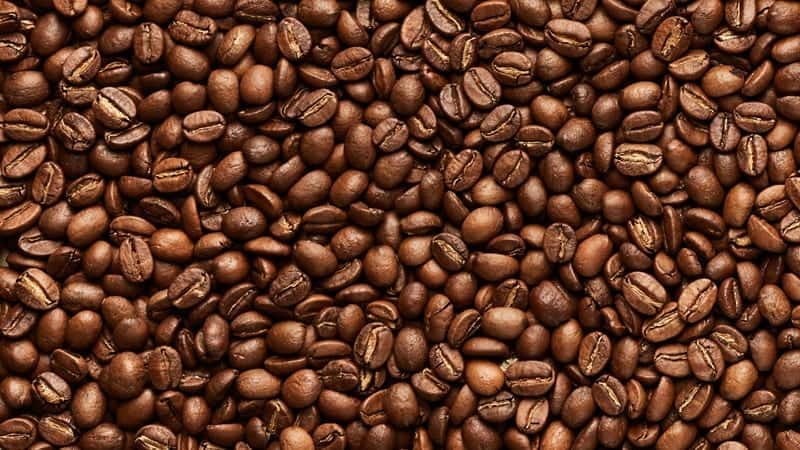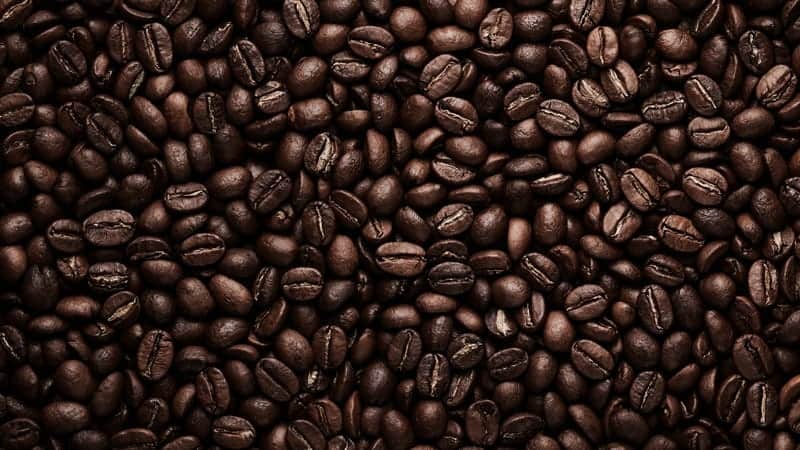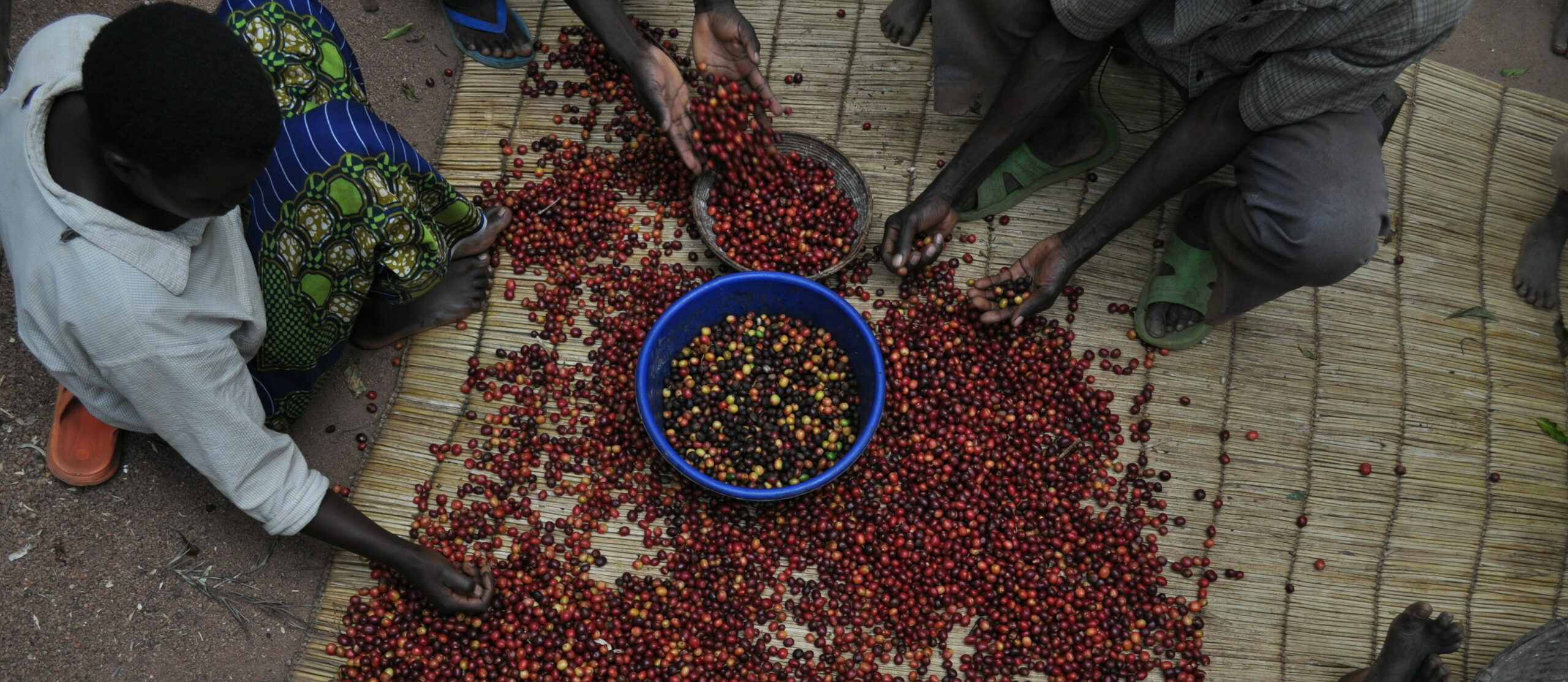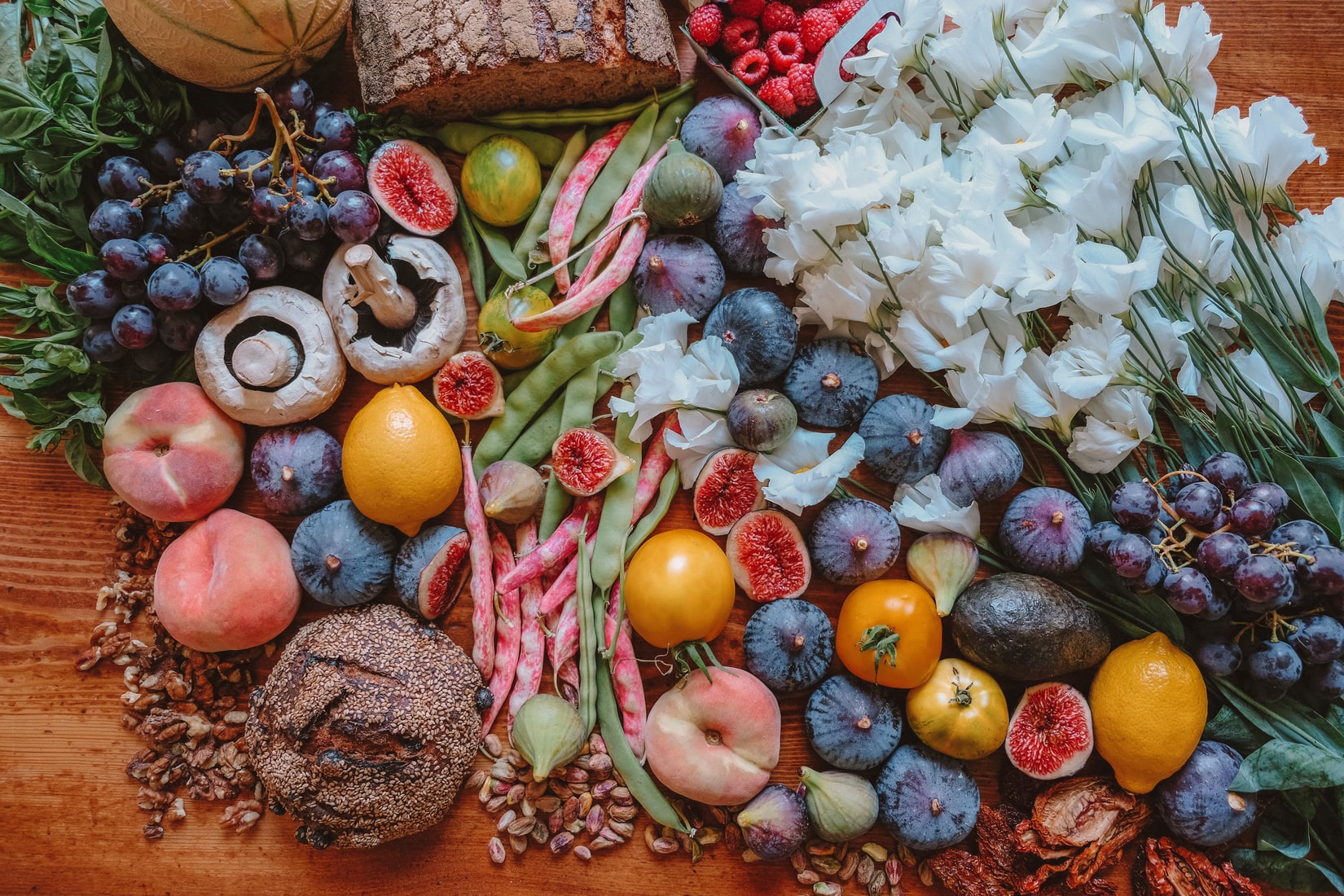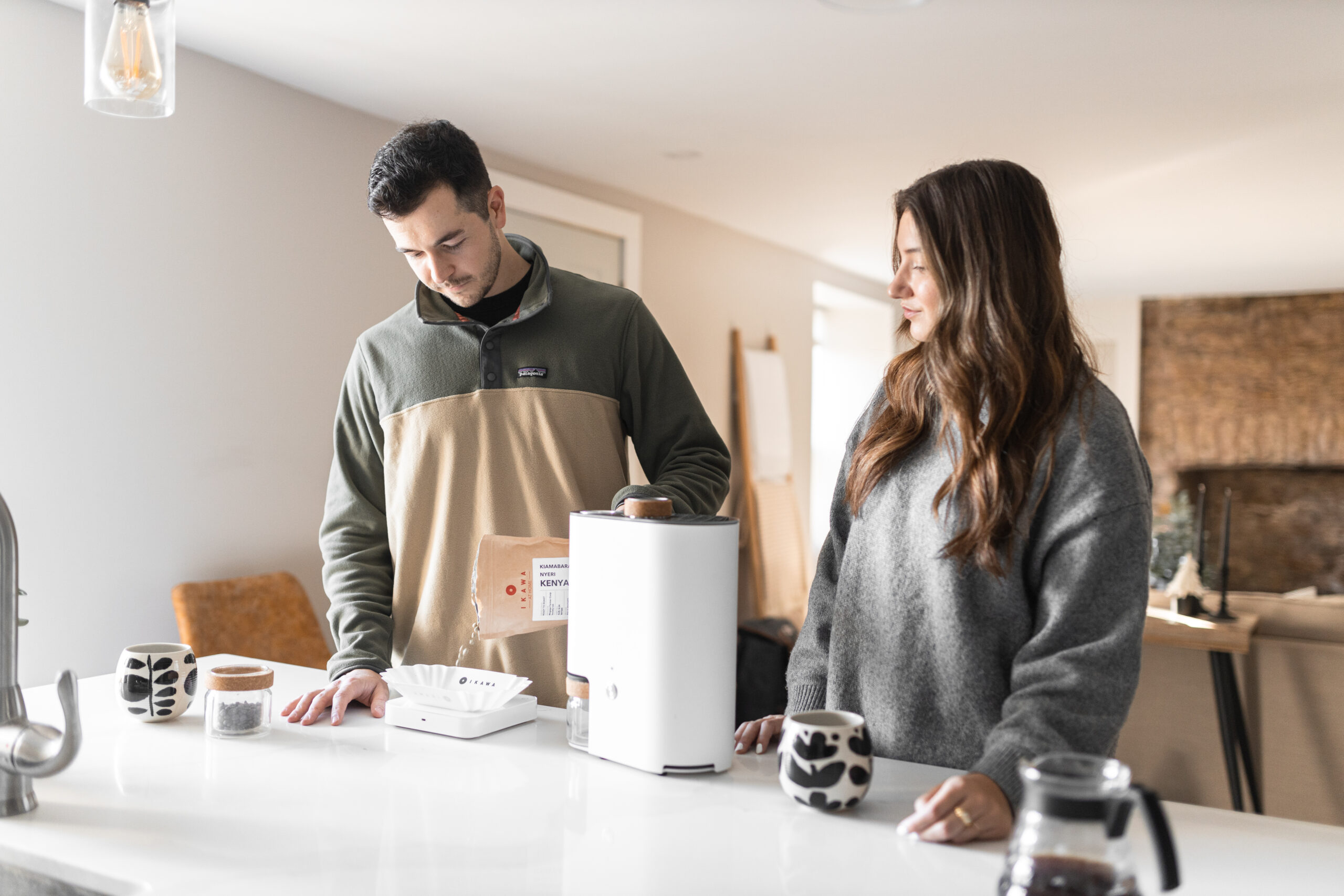At IKAWA we provide our recommended roasts, which are generally on the lighter side, but we know there is a spectrum of tastes that people enjoy. There is also a trend of light roasting and some confusion about what the difference between light, medium and dark roasts is. This post aims to encourage the exploration of coffees through roasting and, who knows, maybe stir up a little discussion.
I’m going to preface this by saying that I love coffee. And I’ve been working in coffee for 10+ years. I was a green buyer for 5 years, roaster for 8 and yes, I vehemently promote the support and awareness of the growers and producers of coffee.
But I’m also here today to cautiously say that specialty coffee as an industry needs to be less afraid of roast flavour.
Speciality coffee has, to some extent, run away from roast flavour, as far and fast as possible towards much lighter roasts. Although generally I’m a big supporter, I think there are many instances when this can do more harm than good. I would like to encourage everyone to allow the pendulum swing back – just a little.
As home roasters, we have the luxury of exploring the spectrum and diving a little deeper into what’s possible with the coffees. And we should – we can roast small batches and apart from 50g of coffee not tasting it’s best, we have almost no real negative consequences. Mostly upsides!
Below I’ve outlined the differences between medium and dark roasts, the profile for a light roast and more.
But let’s begin with why light roast coffee are so popular right now, because there is a really good reason.
How we got here
I personally have been drinking coffee since I was 15. Long enough to have entered and exited a few different phases, shall we say, of coffee preference. From Tim Horton’s to Starbucks to medium-roast blends coffees to light roast single origins, I’ve explored a lot of what’s out there.
When I started drinking coffee there was just one kind available to me: Tim Horton’s, aka Timmy’s. You order it like this: “Hi – I would like a large double-double”. That’s 2 cream, 2 sugar and it doesn’t taste much like coffee but it’s pretty delicious. It’s still extremely popular – there is a Tim Horton’s for every 7500 people or so in Canada.
I eventually discovered Starbucks which was much more coffee focused than Timmy’s and opened my eyes to the world of coffee. Truthfully, Starbucks had incredible resources for coffee and they paved the way for Speciality, but the coffees were roasted very dark and the nuances of the coffees were lost. In addition, they would present coffees as a Starbucks blend “Ethiopia” or “Colombia” without diving into where they really came from. Colombia is a very large country.
Finally, I discovered speciality coffee, where all the flavour was.
The Rise of Speciality Coffee and the pursuit of new flavour
With the rise of speciality coffee came a few awesome trends, choosing a coffee by farm, by processing method or by tasting notes. A coffee was no longer just a dark roast or a medium roast, but it had provenance, a story and character. I went from drinking “French roasts” to seeking out washed Ethiopian coffees from Yirgacheffe for floral and stonefruit flavours. That might sound crazy, or pretentious, but it’s a part of a coffee journey, and I was honing in on what I really liked. Just like some people really like California Cab Sauv’s or IPA’s from the West Coast, I really liked washed Ethiopian coffees from Yirgacheffe.
A major support for this trend of buying by tasting notes and flavour was the roast level. Speciality roasting focused on highlighting the unique, intrinsic flavours that were in these incredible coffees while taking advantage of the fact that they are nearly defect-free. That meant lighter roasts than Starbucks. Flavour opened up from roastiness into something complex and amazing.
Now, you can find a coffee shop in almost any city where you’ll see the coffees listed similar to “Rwanda Gatare – notes of orange, brown sugar and pecan” instead of “Medium Roast”. I love it. Cafes and roasteries are featuring the farms and producers where unique flavours are developed – both in packaging and promotion but also in roasts. Almost all of these speciality coffee roasters are utilizing light and medium roasts to highlight those unique characteristics that set these coffees apart from the more commercial roasteries, or “second wave” shops.
I love that we’re embracing origin and nuance. I truly do. But I’m concerned that the pendulum of roasting has swung past where it needs to be and it’s time for it to swing back ever so slightly.
Do I love a good light roast? You bet. But too often every coffee is a light roast when maybe a coffee would suit something with a little more development. Or, I’m getting coffees that taste like cereal, vegetables and paper. In both instances, the roaster hasn’t achieved what they set out to do, that being, to create the most delicious coffee possible.

